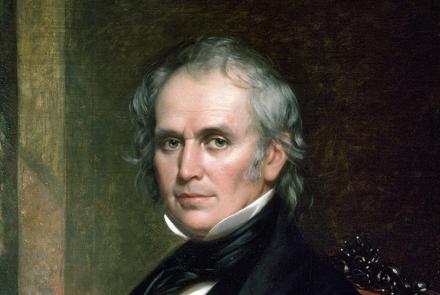He is also one of the pioneers of celestial photography: Who is William Cranch Bond?
With his son, he applied Daguerre's method to astronomy for the first time in the USA and took pictures of the star Vega with this method in 1850.

(1789-1859) American astronomer. He found the existence of a new ring around Saturn and discovered Hyperion, the planet's seventh moon. He was born on September 9, 1789, in Portland, Maine. While working with his father, who was a watchmaker and goldsmith, he decided to become an astronomer after watching the solar eclipse of 1806 and established a private observatory in his home. He was sent to Europe through the university in 1815 to collect information for the observatory to be established at Harvard University by examining the examples in Europe. In 1840, he became the first director of the Harvard University Observatory, which was established the year before. He died on January 29, 1859, in Cambridge, Massachusetts.
William Cranch Bond (September 9, 1789 – January 29, 1859) was an American astronomer and the first director of Harvard College Observatory.
Equipping the Harvard Observatory in 1847 with a 37.5 cm telescope, which is the only one in the world, Bond discovered Hyperion, the seventh moon of Saturn, on September 16, 1848. Two years later, he announced the existence of a new ring around the same planet, which had not been observed until that day. Together with his son, George Philips Bond (1825-1865), Bond was one of the pioneers of celestial photography, who developed the first electric chronograph that could automatically record the location of the stars. With his son, he applied Daguerre's method to astronomy for the first time in the USA and took pictures of the star Vega with this method in 1850.
